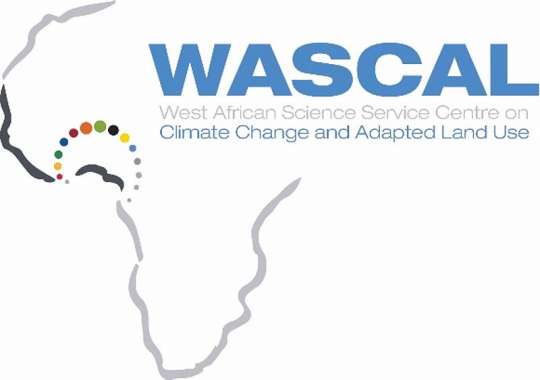By Atoyebi Nike
Nigeria has the potential to produce more than 4 million tonnes of green ammonia each year by 2060 if it commits to strategic investment and policy reforms, according to the West African Science Service Centre on Climate Change and Adapted Land Use (WASCAL).
The projection was made by WASCAL’s Executive Director, Prof. Emmanuel Ramde, at the Nigeria4H2 Project Results Workshop held in Abuja. The project, carried out in collaboration with institutions including the Federal University of Technology Akure, Afe Babalola University, and the Federal University of Technology Minna, focused on exploring Nigeria’s potential to use green hydrogen—especially in the form of green ammonia—for clean energy and agriculture.
“Green hydrogen can transform Nigeria’s energy and agricultural sectors,” Ramde said. “With the right infrastructure and commitment, Nigeria can reduce fertiliser imports, boost food security, and become a key player in the global green economy.”
The project emphasised that green hydrogen—produced from renewable sources like solar, wind, and hydro—could power vehicles, generate electricity, and support fertiliser production through green ammonia.
Prof. Ramde highlighted that Nigeria’s natural renewable energy endowment makes it well-suited for green hydrogen development. He stressed the need for a national green hydrogen strategy that includes clear goals, incentives, and investment-friendly regulation.
He urged the government to align agricultural policy with green ammonia development, integrating it into national fertiliser strategies. This, he said, could enhance food production, reduce reliance on imports, and create thousands of new jobs across the value chain.
The Nigeria4H2 project represents a significant step in positioning Nigeria as a regional leader in clean energy and sustainable agriculture.
AGRONIGERIA


